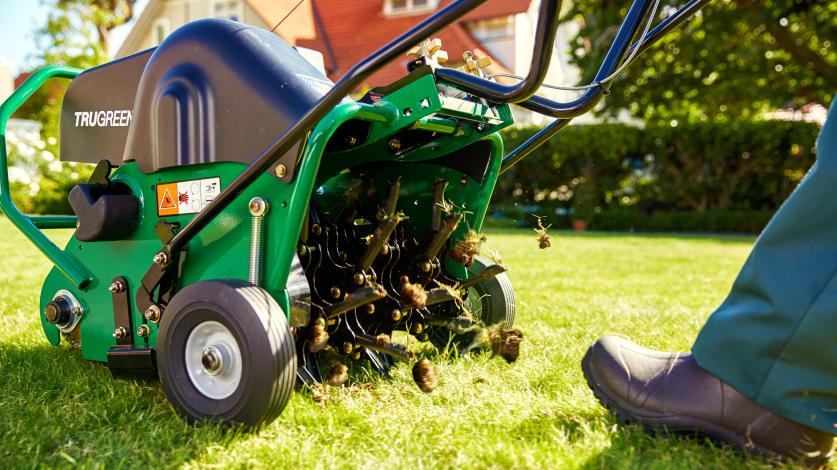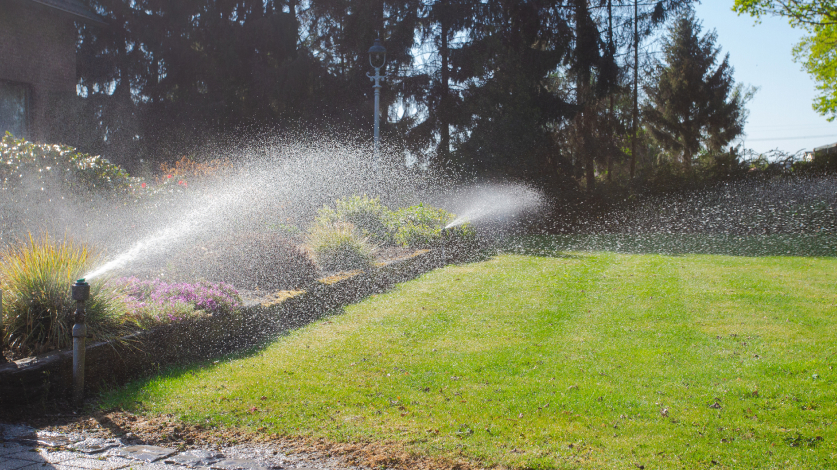Fall is the best time to introduce new seed into an existing lawn of cool-season grasses. The ground is typically warm and moist and grass seed does not have to compete with weed germination in the spring, making it an ideal time versus the spring. Overseeding in spring might be an option as well if done early enough in the spring to allow seedlings enough time to germinate and mature before the onset of the summer heat. Other spring lawn care practices like pre-emergent weed control could also have an impact on spring seed germination, so consulting your lawn care professional on timing and best practices is key.



 Branch Finder
Branch Finder













 Back to all blogs
Back to all blogs
Facebook
X
Youtube
Copy Link
Email